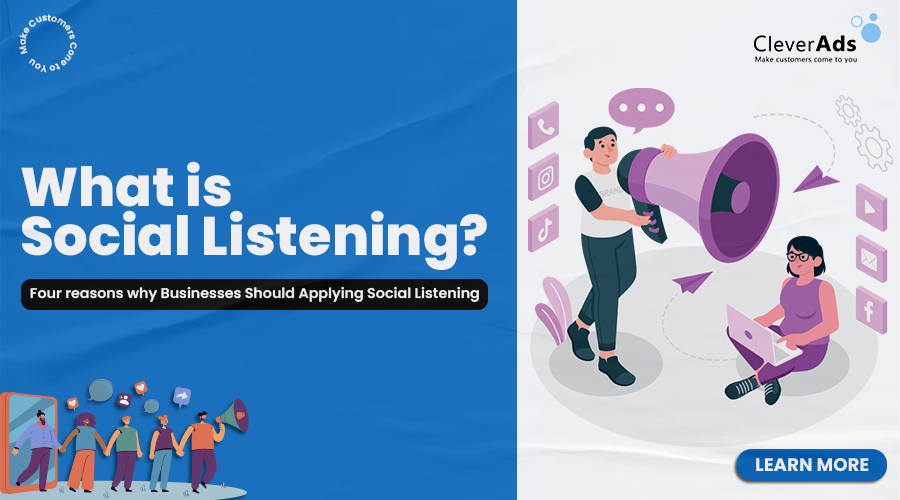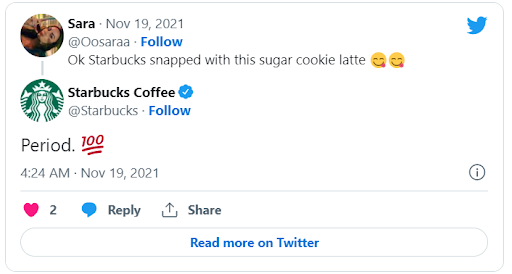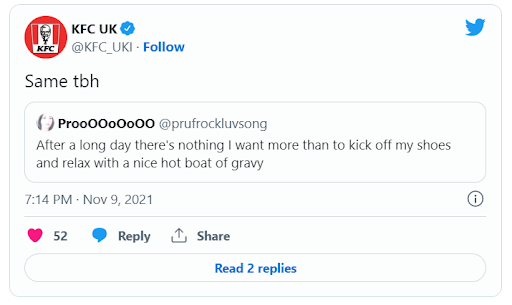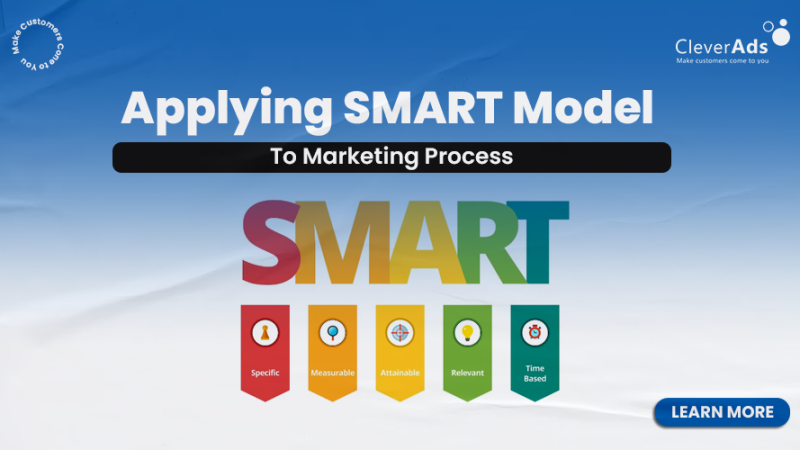What is Social listenning? Why business should applying it?

1. What is social listening?
Social listening can be understood as monitoring a brand’s social media channels to find and track customer feedback through specific keywords, topics, competitors, or industries that provide analysis for appropriate action strategies.

Taking care of customers through social listening is different from marketing activities because the business goal is to better serve customers by understanding how they comment and share about products or services on online channels. Thereby helping businesses collect feedback so that they can improve the customer service process better.
2. Why should businesses start applying social listening?
Instead of making assumptions about what customers want or need, businesses should listen to and monitor customers’ shares and comments on social media.
Here, people often share their opinions publicly, so it’s no surprise that they also interact with the products of brands they use or know about.
2.1. Social listening makes customers enjoy
It can be seen that customers like the feeling of being cared for and heard on social media sites.
According to research conducted by Sprout Social, 46% of consumers think interacting with their audience on social media sets a brand apart from its competitors in terms of online media.
Brand responses on social media make a significant difference.
Also, according to research by Sprout Social: “Responding as well as responding to the needs of users on social networks will help marketers to influence consumer behavior, thereby bringing benefits to consumers positively. good for the business.” When consumers follow brands on social media, 90% of them are likely to make a purchase.
They want to get feedback from the brand.
However, brands can also score more points in the eyes of consumers by using social listening tools.
This tool lets businesses genuinely listen and understand their customers, providing more valuable feedback. These responses will spark brand loyalty and increase customer retention.
Read more:
2.2. Social listening tracks the growth of the brand
Brands will sometimes face severe crises or difficulties. This crisis, big or small, can cause a flood of negativity on social media for businesses.
There may be some negative comments about the business, but if the increase in negative reviews shows no sign of cooling off, this could signal that things are going in the wrong direction for the company trademark.

This is considered an excellent opportunity to use social listening tools. By analyzing the crisis, you can grasp the root cause of the problem and decide what kind of response you should take.”
2.3. Social listening helps uncover new opportunities
When businesses conduct problem identification, sometimes customers will be the ones doing these tasks. By using social listening, brands will catch customer conversations about any problems they face or even their thoughts about the business.
Customers will also often talk about how they want the problem solved, and understanding this gives you an advantage in ensuring that the changes you make directly impact customer wishes.
For example:
Customers shared their frustrations about classes filling up quickly for a sports and wellness center. If this is known, businesses will need to consider opening more classes or limiting the number of courses an individual can sign up for in a week.
However, receiving direct feedback from customers has helped businesses improve some aspects of their business processes to satisfy better and meet customer needs.
2.4. Social listening helps to increase the attraction for customers.
Social media channels provide many opportunities for businesses to reach more potential customers. From there, it can be seen that brand followers are loyal customers and people who like the content that the brand shares.
These are the types of audiences a business should target.
Inbound marketing highlights the importance of sharing interesting, useful content that brings value to people. This will attract customers to the brand.
Besides, it is much easier to convert your content’s viewers and followers into leads than to approach random strangers and hopes they will be interested in your product or service.
Read more:
3. Benefits of using a social listening strategy
Understand and interact with your audience
Social listening helps businesses better understand what the audience wants from the brand.

For example, an existing customer might post an article about how much they love the brand’s products. Or your brand might catch a conversation where people are looking for solutions your product or service can provide.
Knowledge of the industry and competitors
Social listening is not just about understanding what people say about your business but also about your competitors and the industry. This provides companies with essential insights into the right customer segments in the market.
Social listening also provides information on competitor strategies in real time. What is their new product? What new marketing strategies are they going to adopt?
In particular, conversations on social media can help businesses discover new business opportunities that they can participate in and achieve specific successes.
Discovering these new opportunities and threats will help businesses have appropriate and timely plans and responses.
Product knowledge
Monitoring conversations around the industry also helps businesses uncover insights into what makes customers happy and what factors aren’t working.
This information is considered a gold mine to help improve the business’s customer service, product development, and marketing strategy.
Products will be adjusted according to the customer’s share or even add new features to solve the problems that customers face. In addition, this information also promotes a new product idea for the business.
In addition to positive information, businesses also need to learn about customer frustrations with their current products and those of competitors.
Anticipate and avoid crises before they happen
Social listening allows businesses to monitor customer sentiments and attitudes in real-time. So companies can immediately tell if there is a change in people’s attitudes about the brand? Do they positively or negatively affect the brand?
Social listening is an early warning system for businesses about positive and negative changes in customers on online channels.

If your business is getting more engagement than usual, find the reason behind it.
The target audience will often share loads of useful information about what they like and don’t, which can help businesses have the right strategic direction across channels.
Social listening also helps businesses deal with PR crises before they get out of control.
If audience reaction is showing signs of slowing down, look at their recent responses to pinpoint the source of the change. Besides, look for lessons that can prevent the same mistake in the future. In particular, priority should be given to finding the cause and making immediate changes.
As Nick Martin, Hootsuite’s social engagement expert, puts it, carefully applying social listening allows businesses to “get things right before they go wrong”.
Complete communication channels
See the conversations you engage in through social listening as an opportunity to develop a relationship with potential customers in your industry.
Reach out, make connections, and share helpful information. This will help establish the brand as the best choice when customers make purchasing decisions.
Read more:
Identify cooperation opportunities
Tracking social media conversations about your industry’s products will let you know who’s leading the way in the social conversation race. These are considered essential factors for the success of your social listening campaign.
In addition, these brands also have a massive influence on how people perceive the business.
Remember: this is a two-way effect; businesses will support and interact with each other. Instead of trying to join an existing community, connect through collaboration with people who already have a specific position in the conversations you want to be part of.
You will also find people who have loved and shared great information about your brand on social networks. These are natural brand advocates. It is necessary to approach them and find cooperation opportunities that will contribute to the success of your campaign.
4. Good tips for newcomers to social listening
4.1. Choose the right topic and the right keywords
A successful social listening campaign will highlight the keywords most relevant to the brand. Over time, these keywords can change and evolve. By using social listening tools, businesses will understand what keywords people tend to use when talking about brands.
From there, businesses will select and collect helpful information for the development and improvement of their processes.
Here is a list of important keywords and topics that businesses need to track from the start:
- Brand name
- Names of products
- Brand names, product names of competitors
- Words commonly used in the business industry (specialized words)
- Brand and competitor’s slogan
- Names of key people in the company and of competitors (CEOs, representatives, etc.)
- Campaign name or keyword
- Hashtag # bearing competitor’s brand name and hashtag
- Hashtags related to the business industry
In addition, businesses should also pay attention to typos and abbreviations common to all of the above. For example, brands like Starbucks use social listening to listen to their brand name and discover and respond to social posts even when they’re not tagged:

KFC in the UK has chosen to track a range of keywords related to their business and immediately respond when users mention only their Gravy sauce.”

4.2. Choose the right platform
To better understand your audience’s message about your brand, you need to know where these conversations are going.
Conversations around a brand or business on LinkedIn will likely differ from those on Twitter, Instagram, or Facebook. Companies will likely find that people always talk about brands on Twitter, but the opposite is true for Facebook.
4.3. Narrow your search
Once you’ve identified which terms and platforms are essential for social listening, use more advanced search techniques to filter the relevant results.
4.4. Learn from your competitors
Of course, no business wants to copy someone else’s strategy. But they can always learn something by listening carefully to their competitors and what others have to say about them on online platforms.
Social listening will let businesses know what their competitors are doing well and what factors make people love them. But most importantly, businesses can understand where they went wrong and what to do in the face of criticism in the press or on social media.”
5. CONCLUSION
Social listening can show trends in how customer needs to evolve and change. If businesses do not pay attention and transform in accordance with those developments, their brand will lag behind the competition. Customers always want to approach a brand that is fresh, and interactive, and offers them products, services, support, and content that are truly useful and engaging.
CleverAds is a pioneer in new-generation advertising services and technology in Vietnam & Southeast Asia. We have been giving customers a One-Stop Digital experience with a diverse service system, comprehensive and comprehensive solutions on a digital platform.




